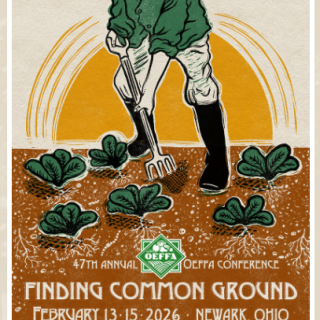Perhaps the greatest law enforcement officer in Ohio history died on September 18, 2015. David Sturtz served for 31 years with the Ohio State Highway Patrol, retiring as a major. In 1988, Governor Richard Celeste appointed him the state’s first Inspector General to investigate public corruption plaguing Ohio’s state agencies. Republican Governor Voinovich, elected in ’91, retained Sturtz as Inspector General until he began to uncover serious scandals involving the Governor’s family business in 1994.
Sturtz uncovered a vast network of corruption in Ohio involving unbid jail contracts going to the so-called “V” Company owned by Voinovich’s family; ties between Les Wexner and Carl Lindner, Jr., organized crime and the CIA; the “Coingate” scandal connected to the Ohio Bureau of Worker’s Compensation and their money laundering into the George W. Bush campaign. As a result of these investigations, Voinovich fired Sturtz in 1994
After Voinovich removed him, Sturtz was hired to investigate the corruption of Columbus Police Chief James G. Jackson. One of the things Sturtz was able to establish is that Jackson destroyed the Shapiro murder file – a report linking Wexner to the Gambino family of New York City through ties to the Debartolo family in Youngstown. He also was one of the first to investigate infamous pedophile Jeffrey Epstein, Wexner’s confidant and fixer.
As Sturtz used to like to say, he was “swimming with the big sharks.” He made it clear that he was abiding by his Christian faith when he went after some of the most powerful political and economic forces in Ohio. Although well-known in law enforcement circles, Sturtz deserves greater appreciation from the general public for his unmatched record of public service. It is fitting that Sturtz’s family chose Joshua 1:9 as a verse that personified his life: “Have not I commanded thee? Be strong and of good courage; be not afraid, neither be thou dismayed: for the Lord thy God is with thee whither so ever thou goest.”




